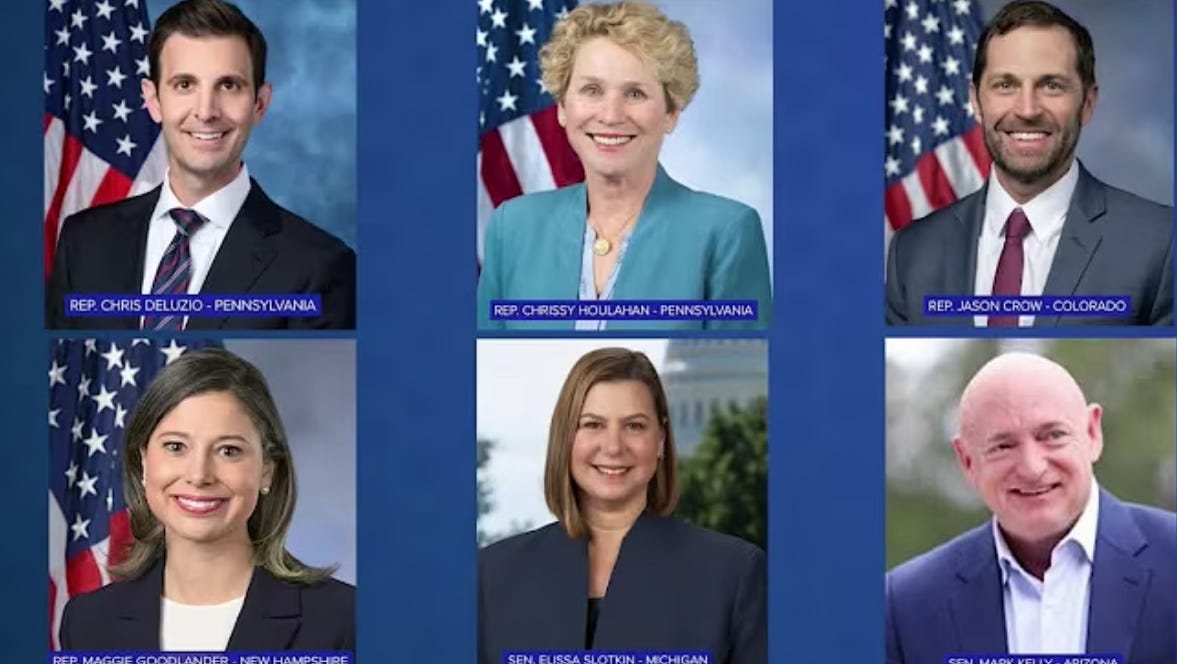A simple embrace sparked a firestorm of speculation and criticism, thrusting Erika Kirk, the widow of a prominent political figure, into the center of a public debate. The moment, captured at an event honoring her late husband, involved a brief hug with Vice President JD Vance and a seemingly innocuous gesture – a hand placed on the back of his head.
The internet reacted swiftly, dissecting the interaction frame by frame. Screenshots circulated widely, fueling questions about the nature of the connection between Kirk and Vance, with some even suggesting it was inappropriately intimate. Rumors quickly spread, fueled by online commentary and conjecture.
Facing the scrutiny head-on, Erika Kirk addressed the controversy with remarkable candor. During a recent interview, she dismissed the criticism as stemming from a lack of understanding, offering a heartfelt invitation: “Whoever is hating on a hug needs a hug themselves.”

Kirk explained the context of the moment, recalling the emotional weight of a tribute video playing in honor of her late husband. As she and Vance approached each other, she was overcome with emotion, and he offered words of support, telling her he was proud of her.
She revealed that the gesture of touching the back of someone’s head while hugging is a consistent part of her affectionate expression. “Anyone whom I have hugged, that I have touched the back of your head when I hug you, I always say, ‘God bless you,’” she explained, emphasizing it was a personal habit, not a calculated move.
Kirk openly discussed her “love language” being physical touch, a way she naturally expresses connection and gratitude. She acknowledged the exaggerated reactions, playfully noting that she might have received less backlash had she done something more overtly provocative.
Adding another layer to the narrative, observers pointed out that Kirk extends the same affectionate gesture to Vance’s wife, Usha, demonstrating a consistent pattern of warmth and connection with both individuals. This detail further complicated the narrative being constructed online.
The incident highlights the intense scrutiny faced by public figures, particularly those navigating grief and rebuilding their lives. It also underscores the power of perception and how quickly a simple act of human connection can be misinterpreted and amplified in the digital age.





